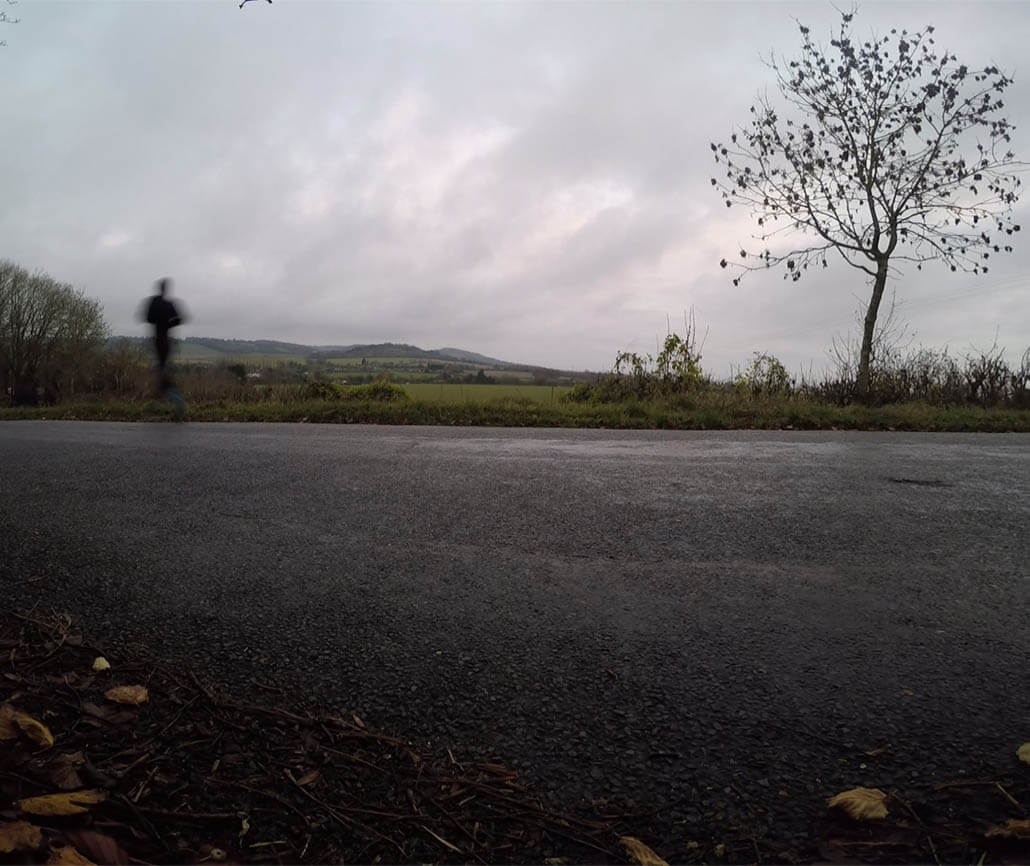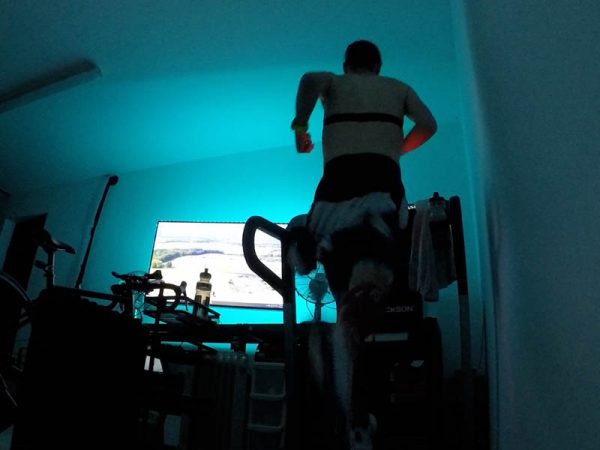Creating opportunity in Connected Fitness
Lee Twycross, Senior Industrial Design Manager
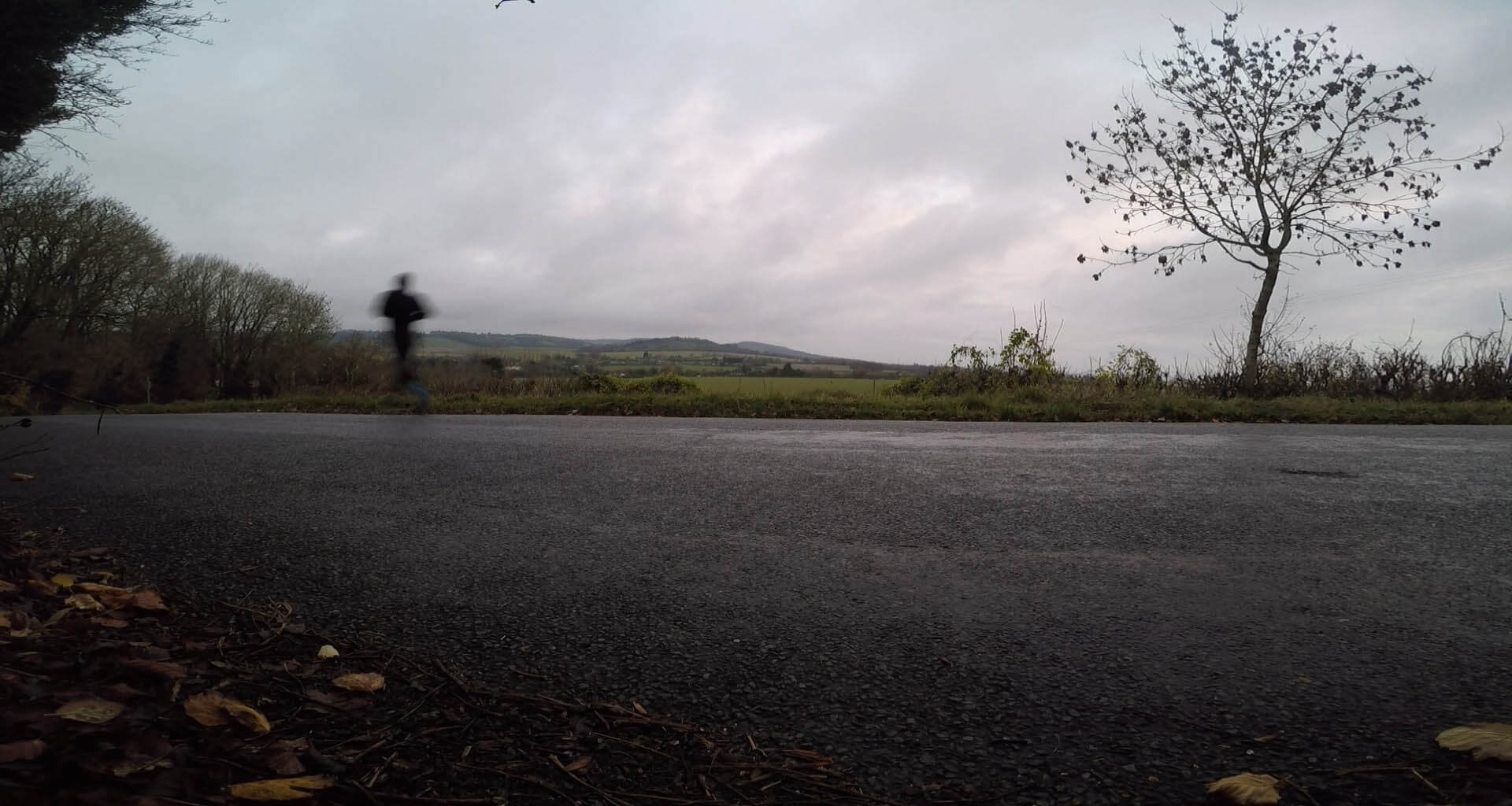
Strategic Insight - Design for Connected Wellness
It’s January, an alarm vibrates telling you it’s 6am. It’s pitch-black outside and just below freezing, but you still get up, lace up your trainers and head out for that planned run. Admittedly, this is not a typical scenario, but there is a growing interest and curiosity into our health, fitness, and wellbeing. Whether it’s trying to lose some of that Covid weight or a prescribed healthcare necessity, no matter the reason, that person out running in the cold and dark is on a journey driven by a single goal to succeed.
In this article, Lee Twycross describes the ways in which connected fitness brands can best support their users’ goals, whilst responding to changing needs and meaningful shifts in the market.
Recognising the whole user journey
Whether you fit into the ‘I need to do this’ or the ‘I want to do this’ demographic, the motivation to be better or get healthier each day is the same, regardless of your ability or fitness level. As the fitness market evolves to meet consumer need, brands and services have adapted to offer an array of products and digitally connected services to satisfy every potential entry point to help us achieve our goals. For some brands, a short-term relationship is purely transactional, but brands wishing to stay the distance and connect with the user over time are finding that making a bigger commitment and having more empathy with their user’s journey is required.
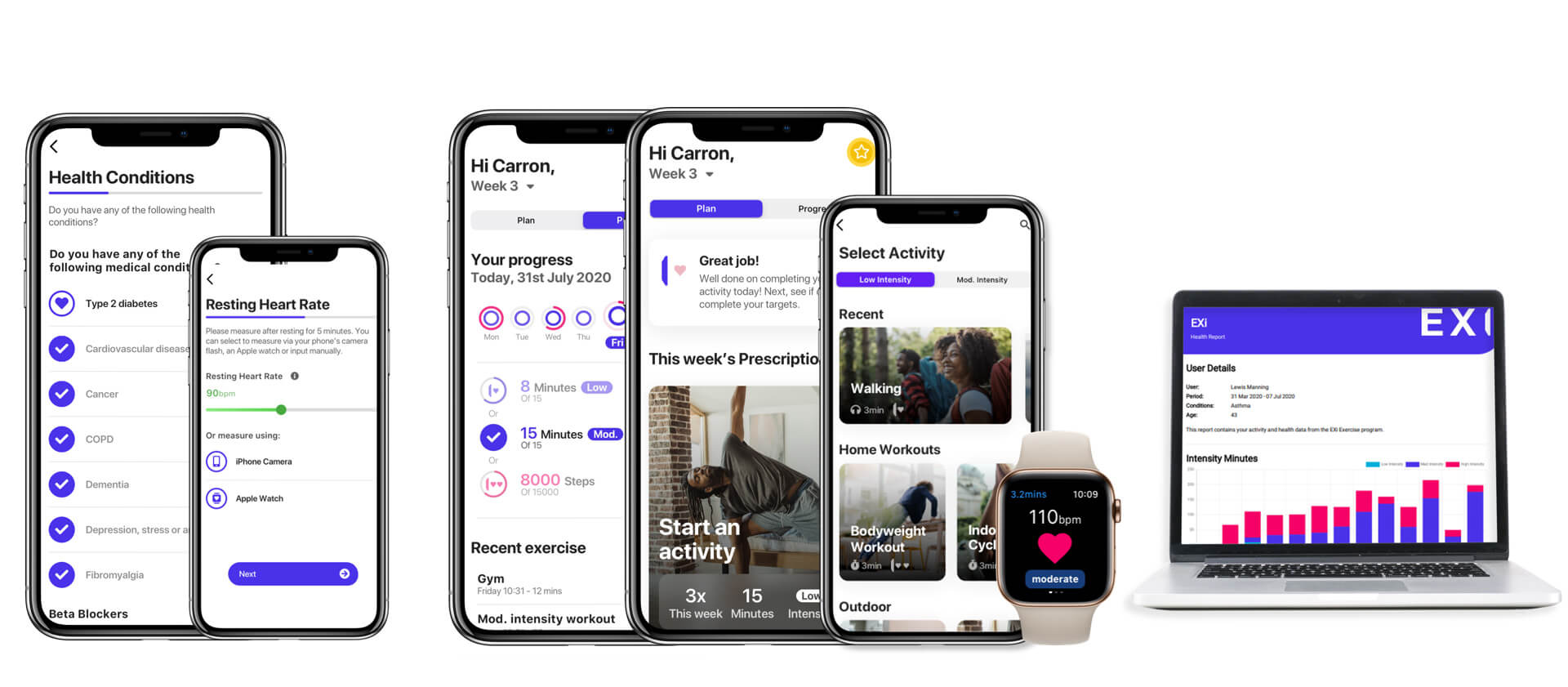
EXI is an NHS approved app which prescribes the correct level of exercise according to any pre-existing medical conditions.
From basic step counting devices, to in-depth sleep tracking and personalised supplements or apps that will get you off the couch to complete your first 5K, consumers are bombarded with choice to get their journey started. Unfortunately, some services fail to see the bigger picture and ignore what is happening around them. Brands fail to embrace the importance of the entire journey and how their competitors’ failings can also impact on their own success.
Keeping users front of mind
In the previous article ‘How Brands Can Conquer Connected Fitness’, we investigated the four main factors that make up a fitness journey. Mindset, Movement, Maintain and Map – the ‘M’ zones. This explored connected fitness from a business perspective and discussed the steps brands could take to create lasting, positive connections with their end users. But how does this approach look from the outside in - from the point of view of a consumer who must navigate multiple brands across numerous categories to achieve their goals?
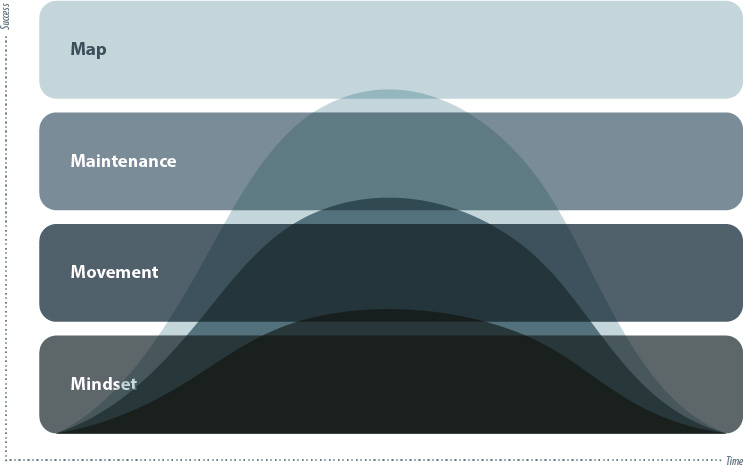
With every fitness journey you can guarantee highs and lows, false starts, and even failure. When you overlay these performance curves with services that focus on and operate successfully in single ‘M’ zones, but do not consider the wider landscape, voids appear. Inevitably, these gaps leave the user apprehensive and uncertain of their next steps and therefore more likely to quit, making that all-important customer retention near impossible.
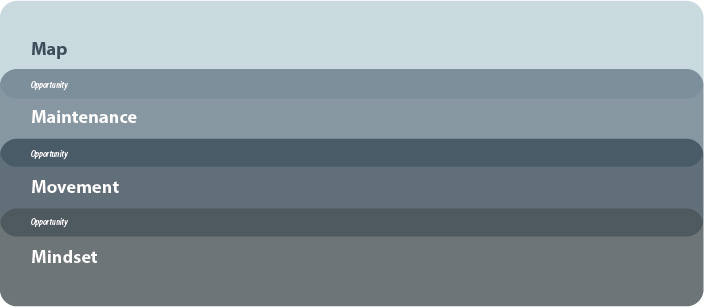
Bridging expertise for more holistic offerings
Prior to the connected fitness revolution, most fitness services preferred to operate in the safety of one or two of the four areas and not venture too far from their specialist areas. For example, companies would focus solely on personal training alone (Movement) with little to no input into the benefits of good nutrition (Maintenance), or vice versa. This approach can lead to a disjointed and demotivating experience for the user. By strategically blending expertise in adjoining segments to bridge these areas of opportunity, brands can begin to innovate and create stronger synergies between services to boost confidence in navigating each area, and ultimately increasing the chances of success and the all-important user retention.
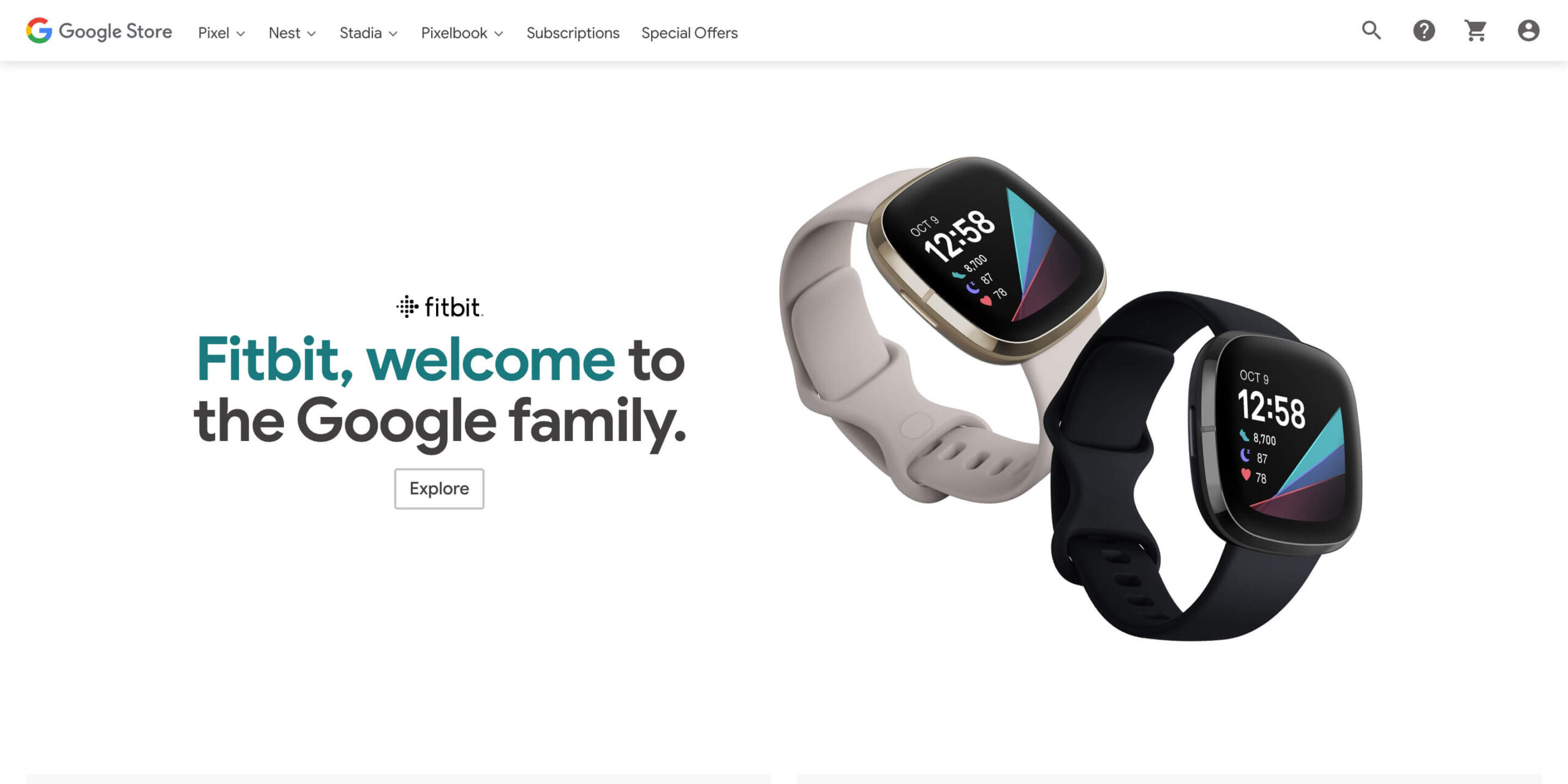
The acquisition of Fitbit by Google will create a unique blend of forward-thinking hardware with superior Ai capabilities.
By operating within the gaps between existing fitness services, we can already see a whole new generation of products and services emerging. This new approach has seen an influx of digital platforms entering the market and the same view has been validated by the relatively recent purchases of Fitbit by Google or the fitness hardware brand Precor by the online platform giant, Peloton. These are clear indicators that brands have their sights on converging parallel services into singular holistic health and wellbeing offers.
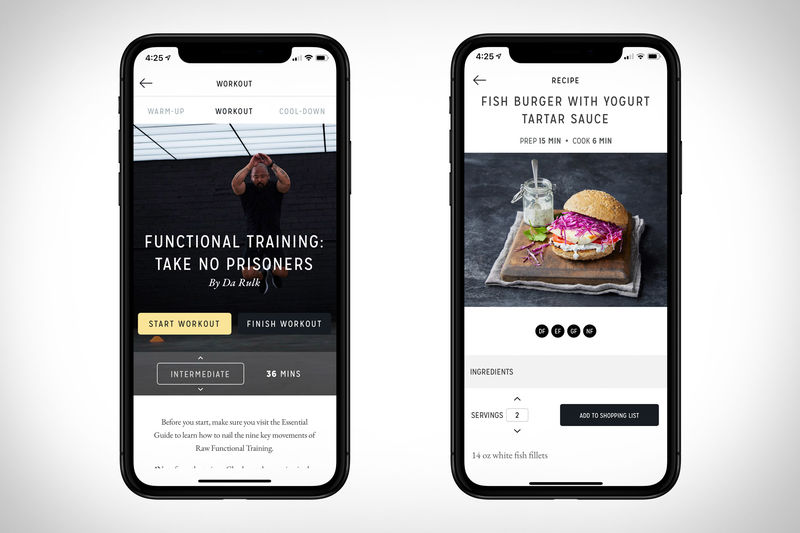
Centr’s Eat, Train, Live ethos blends expertise across fitness, nutrition and wellbeing
Other emerging examples of brands operating with global success across the voids can be seen in apps such as Centr. The fitness app, started by Chris Hemsworth offers its users access to fitness specialists, nutritional experts, and wellbeing gurus, all in a single platform to create a seamless lifestyle offer.
Blending technologies to create more targeted consumer experiences
Another example of an emerging brand innovating across the category gaps and utilising technology and insight transfer, can be seen in the blood glucose monitoring service Supersapiens. Originally used to monitor real time blood glucose levels in diabetics, founder Phil Southerland reframed the technology into a mainstream wearable patch format that can be used by any athlete to inform them of how certain foods impact their performance in any given sport or activity.
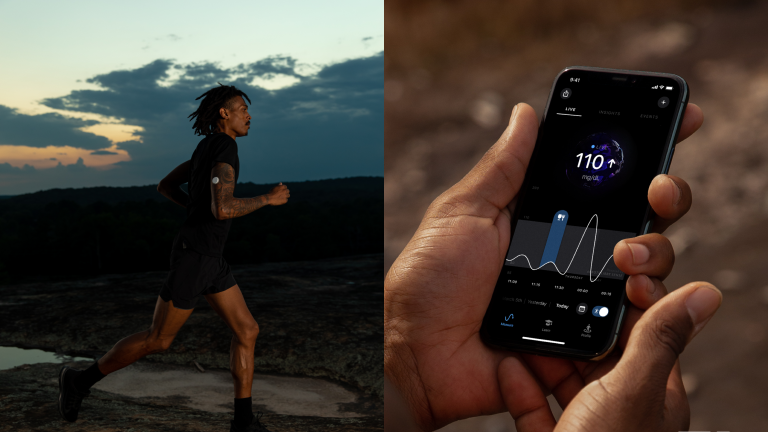
Supersapiens have adopted a subscription service approach to ensure a consistent brand experience throughout the journey
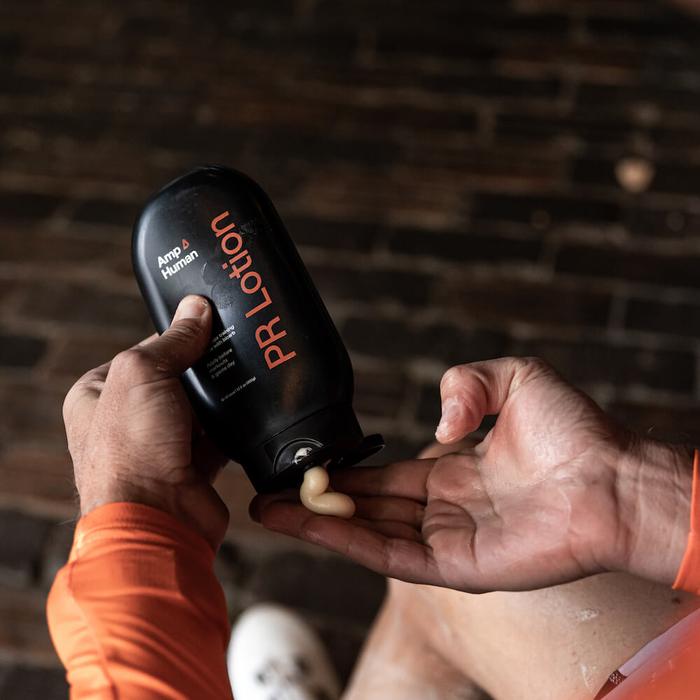
Amp Humans PR Lotion is the world’s first and only lotion that unlocks the natural electrolyte bicarb to help you make training gains, faster
This blending of sectors is not just happening across digital platforms. Unlike other oral electrolyte supplements, Amp Human is a topical lotion which delays acid and lactate build up in active muscles by delivering bicarb directly through the skin. Although extreme and mainly used by professionals and high performing age group athletes, it is a good example of disruptive innovation and blurring the boundaries between Movement and Maintenance.
Responding to evolving social and cultural dynamics
The trend for connected fitness platforms does not seem to be slowing anytime soon. As we slowly emerge from the shadow cast by Covid-19, more and more of us have realised how our mental health and physical health are interlinked and the important role that self-care plays in our overall wellbeing. As we process these new conversations and insights across the voids, companies will continue to drive innovation and push the envelope of traditional healthcare services and blur the market gaps.
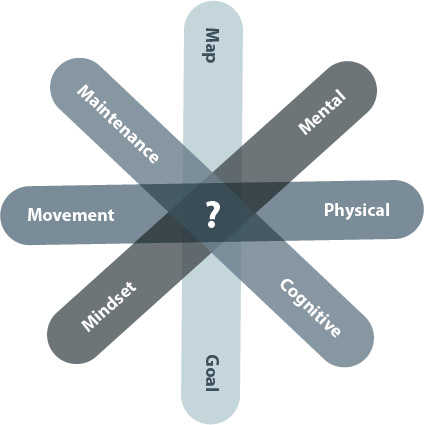
By focussing on the overlaps of known adjoining categories, companies have been able to continually create a steady stream of engaging market solutions to help us towards our fitness goals.
As we slowly hit those goals and continue to master each category, we become curious as to what is next.
Continuing to prioritise meaningful innovation
As segments become more populated, innovation becomes limited, more transactional, and less meaningful. To avoid this classic innovation plateau, companies need to approach innovation from new angles and different perspectives to look beyond the immediate opportunities.
To create more meaningful propositions for the fitness market, companies need to listen the user conversations happening in and around them, and not just be reliant on technology and force fitting it into the market. It is the layering, stacking and linking of ideas from parallel markets and expertise, fuelled by insight that will keep innovation alive.
The future looks optimistic for services to enable our fitness goals; they may not be able to make it any easier to get up on a cold January morning, but they will provide us with the mindset and the tools to overcome the hurdles placed in front of us.
Lee Twycross is a Senior Industrial Design Manager at Recipe Design.
The trend for connected fitness platforms does not seem to be slowing anytime soon. As we slowly emerge from the shadow cast by Covid-19, more and more of us have realised how our mental health and physical health are interlinked and the important role that self-care plays in our overall wellbeing. As we process these new conversations and insights across the voids, companies will continue to drive innovation and push the envelope of traditional healthcare services and blur the market gaps.
Fully immersed in the connected fitness lifestyle, Lee offers a unique perspective as both a designer and endurance sports enthusiast. Currently training for and racing long course triathlons as part of team Zoot Europe, he can be found tracking his own journey at the pool, on his bike or out running.

This article was first published in June 2021
Related
How Brands Can Conquer Connected Fitness
The world is on a health kick. This is not just another fitness fad; this is a connected fitness revolution.
